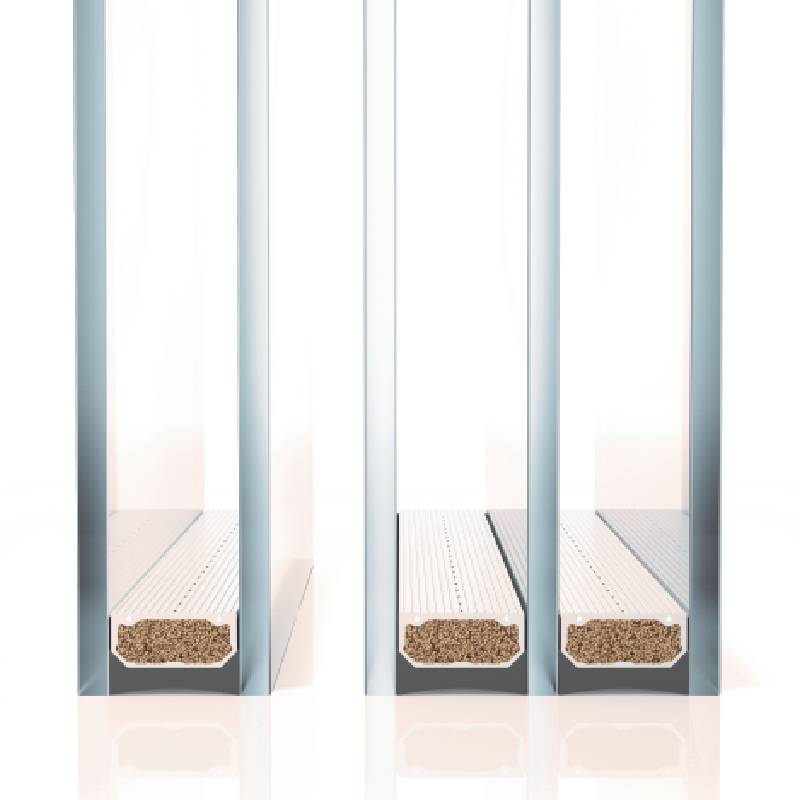

Embracing Elegance The Art of Decorative Glass Design
In the world of interior design, few materials hold the transformative power of decorative glass. With its ability to play with light, color, and texture, glass has evolved from a mere functional material into a high art form that graces everything from residential homes to luxury hotels and commercial spaces. Decorative glass design is not just about aesthetic appeal; it is a harmonious blend of creativity, craftsmanship, and functionality that captures the imagination.
The Evolution of Decorative Glass
The history of glass dates back thousands of years, with its origins in ancient Egypt and Mesopotamia. Initially, glass was used primarily for utilitarian purposes. However, as techniques advanced, artisans started to explore its potential as a medium for artistic expression. The Middle Ages saw the rise of stained glass windows in cathedrals, creating captivating narratives through light and color. Fast forward to the modern era, and decorative glass has taken on many forms, including etched glass, frosted glass, and fused glass, integrating its use into various aspects of design.
Versatility in Design
One of the most alluring characteristics of decorative glass is its versatility. It can seamlessly fit into various styles, from modern and minimalist to traditional and ornate. Designers often play with different finishes to create unique visual effects. For instance, frosted glass can provide privacy without sacrificing natural light, while colored glass can serve as a focal point in a room.
In contemporary design, decorative glass has found a beloved place in partitions, railings, and doors. Glass walls not only demarcate spaces but also create an illusion of openness, making environments feel larger and more inviting. The use of decorative glass in furniture, such as coffee tables and shelving units, further exemplifies its versatility, enabling functional items to transcend into artistic expressions.
Techniques and Innovations

The techniques employed in decorative glass design are as varied as the designs themselves. Traditional methods such as stained glass and sandblasting have been refined over the years, while new technologies have emerged to expand creative possibilities. For instance, digital printing on glass allows for bespoke designs, enabling intricate patterns and even photographic images to be embedded onto the surface.
Another innovative technique is backlit glass, which illuminates the glass from behind, enhancing its color and clarity while creating an ethereal glow. This approach is particularly popular in retail spaces and restaurants, where visual impact is essential for captivating customers.
Sustainability in Glass Design
As with many materials, the production and disposal of glass can pose environmental challenges. However, the decorative glass industry is increasingly focusing on sustainability. Manufacturers are exploring ways to produce glass using recycled materials, which not only reduces waste but also lowers energy consumption. Moreover, decorative glass can contribute to energy efficiency in buildings, as its reflective properties can help regulate temperature, reducing reliance on heating and cooling systems.
A Personal Touch
The beauty of decorative glass design lies not only in its visual appeal but also in its ability to reflect personal style. Custom designs allow homeowners to express their individuality and creativity. Whether it’s an elegant glass chandelier that serves as a statement piece in a dining room or a personalized etched glass shower door that adds a unique touch to a bathroom, the possibilities are endless.
Conclusion
In conclusion, decorative glass design is a fascinating intersection of art and functionality. Its capacity to enhance spaces while serving practical purposes makes it an indispensable element in modern design. As we continue to explore innovative techniques and sustainable practices, the future of decorative glass is bright, promising an ever-evolving array of possibilities that enrich our environments and inspire our creativity. Whether it’s through a stunning glass sculpture or a beautifully designed window, decorative glass continues to captivate hearts and elevate spaces, forging connections through beauty, light, and artistry.